Contents
5 Easy Ways to Engage in Sustainable Travel in Southeast Asia
Sustainable travel and Eco-Tourism in Southeast Asia are thankfully actually becoming somewhat of a trend, even if many of those who engage with it don’t understand exactly how or why they are doing so. While it’s great to buy that one watermelon from the local market, tell everyone what you’ve done and feel great about it for the rest of the day, there are quite a lot more ways for young travellers to practice sustainable travel as they backpack their way through Southeast Asia!
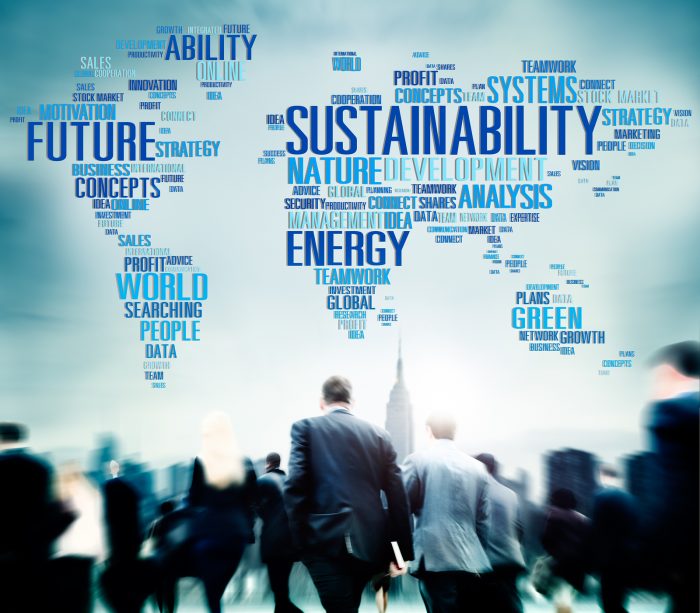
Awareness is Key
Although fueling cravings for western food and comforts is exactly the kind of behaviour ‘sustainable travel’ discourages, we understand how easy it is to give in when you’re not all that aware of the damage it could do to the local economy in the long term. The fact is that sustainable travel and eco-tourism are fairly straightforward when you really break it down and consider the small changes you can make to the way you travel in order to benefit the larger picture and promote longer term solutions.
Because that’s all any of us can hope to achieve, isn’t it? Playing our role, ensuring our birkenstock-clad footprint has as little a negative impact as possible on the beautiful, fascinating and evolving places we choose to travel in….*gazes off wistfully into the distance*…
C’mon, dude! What do you MEAN by that?!
“Sustainable travel’, ‘eco-tourism’, and ‘conscious travelling’ – all of these terms are used to describe simple methods and practices which ensure a more mutually beneficial experience for both travellers and locals alike.
Like any good business deal, it should be a two-way exchange.
It’s only fair, right? They’re peacefully allowing us the opportunity to explore their country, culture, ways of life and traditions – the least we can do is be respectful in return!
With this ambiguity in mind, here are several very easy & straightforward things we can do in order to successfully engage with sustainable travel in Southeast Asia:
1. Consciously Choose to Buy Locally Sourced or Made Products & Food
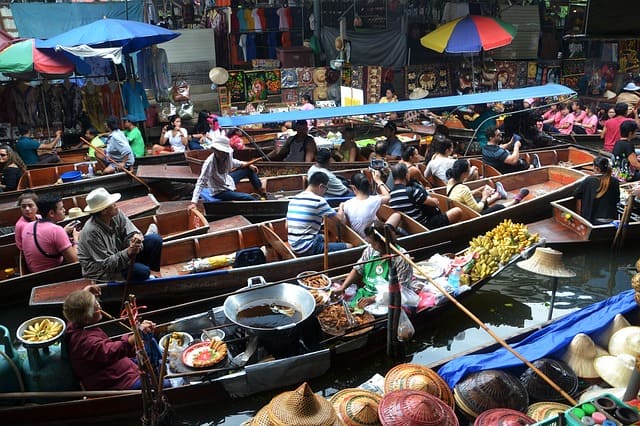
Think street stalls, local markets, homemade goods and traditional, family-run businesses instead of K-mart, supermarkets or any large westernized brands and stores. Purchasing your goods in this way ensures that the maximum amount (usually 100%) of your money possible goes straight back into the local economy, instead of a cent or two here and there filtering down through the air-conditioned vents of Starbucks or McDonald’s to pay local employees.
One example of how you can support local business initiatives are the locally crafted bracelets from lifeprojectcambodia.org which Mad Monkey now sells at all our Cambodian hostels. Life Project Cambodia sees 100% of the profits from these bracelets return directly to the craftsmen and women (and children) of Siem Reap who have made this their main source of income, and it’s a reliable way to be sure your money goes straight to where it’s needed.
2. Reuse Your Plastic Bottles, or Make Sure They Get Recycled.
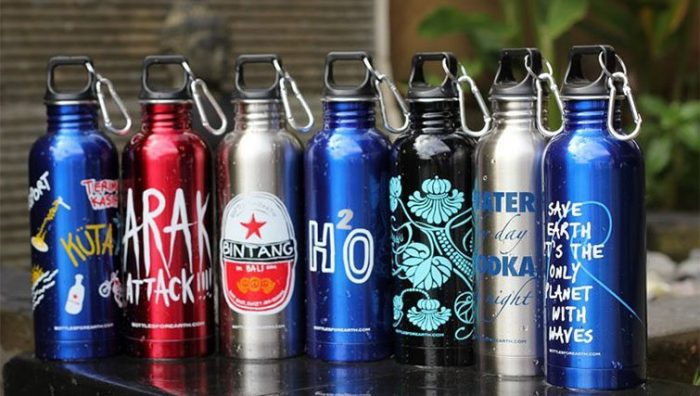
In Thailand, reusing water bottles has become common practice and many stores will also recollect used bottles for recycling. Wherever you go, it’s worth gathering your used plastic and scoping out a local supermarket or place which will recycle them for you – it really doesn’t take all that much effort to just ask!
In Bali, Indonesia, there have been several highly successful campaigns in recent years to reduce the use of plastic bottles and bags and decrease the litter problems faced by the environment there, caused mostly by tourism. Bye Bye Plastic Bags and BeOrganic Bali have had great successes in promoting the negative aspects of using plastic bags and other products which contribute to the pollution, and you’ll be hard-pressed to find any public store that does not stock Bottles For Earth, a fantastic initiative which promotes the use of water flasks instead of plastic bottles.
All of these initiatives are aimed at making sustainable travel more accessible to visitors and locals alike, ensuring the upkeep of the much-sought-after environment which travellers (that’s you!) come to experience.
3. Sight-see with Local Guides or Tour Groups, Stay in Locally-run Businesses or Sustainable Travel-Conscious Establishments (like Mad Monkey..!)
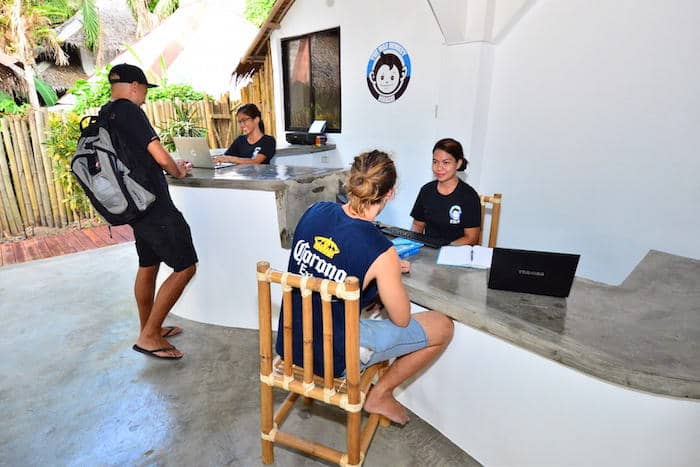
Tourism and backpackers are a major part of the local economy in Southeast Asia, so in order to promote and maintain this symbiotic relationship we must ensure any tours, groups or guides whose help we enlist to navigate unfamiliar surroundings benefit just as much as we do from the interaction. It’s all about communication, and creating clear, respected boundaries between us and those who live in these areas we are lucky enough to explore. It’s not that difficult to do a Google search before you arrive to see what the company or hostel/hotel’s values are, and if you find yourself staying with a local family or village be sure to observe their traditions. Always remember; you’re the newbie.
4. Don’t. Ride. The. Elephants.
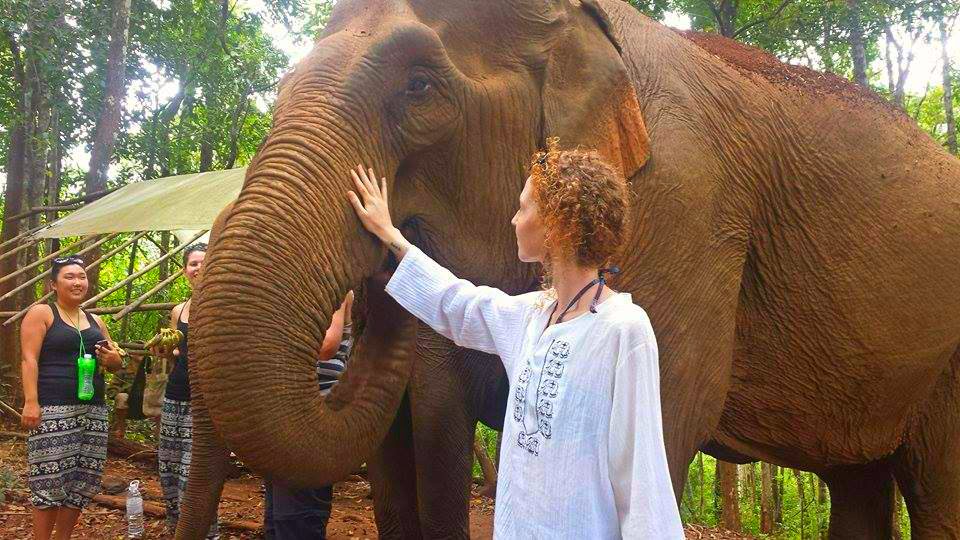
I could write an entire post on this (and probably will), but there are so many reasons not to ride elephants during your travels in Southeast Asia. The best way I can explain it is that in order for elephants to become domesticated enough to allow a human (and not just one human, keep in mind they’ve been taught to let any number on board) to sit upon their back is through significant levels of mental and emotional manipulation, dubbed by the businesses who abuse them as ‘training’.
This ‘training’ begins when the elephants are at a very young age, and involves being chained, whipped and abused until they ‘break’ and consent to whatever their trainers force them to do in order to avoid being whipped again.
When you ride an elephant in Southeast Asia you’re essentially riding a broken, abused animal, and as such feeding into the ongoing chain of animal abuse which wouldn’t have the funds to continue were it not for tourism and the hoards of travellers oblivious to the plight of these creatures. Places such as Mondulkiri Elephant Valley Project in the East of Cambodia offer eco-friendly tours and treks with elephants who have been rescued from previous abusive situations in a way which benefits both the elephants and the locality. You can feed, walk and swim with the wild elephants, experiencing them in their natural habitat instead of buying into a business which will continue to abuse them.
Like the previous examples, it’s just about becoming aware of where your money is going!
5. Avoid Purchasing From Street Children
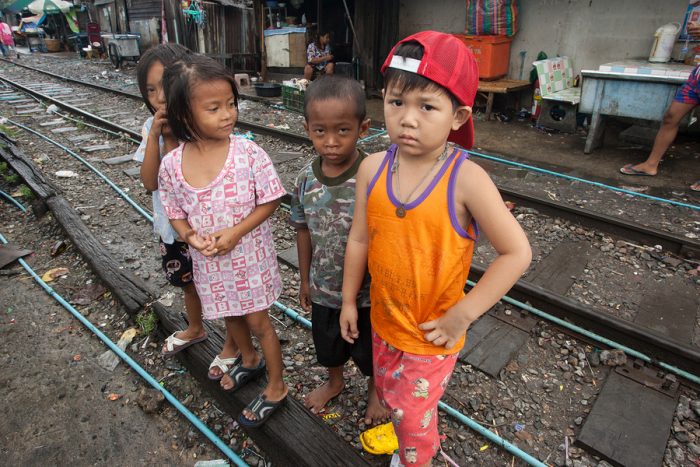
As harsh as this one may seem, it is ultimately one of the biggest contributing factors to the slow progress of any sustainable travel promoting organisation or NGO. By purchasing from children on the streets your money goes straight back into fueling the poverty cycle, instead of helping them to escape it. It is precisely this unfortunate consequence of tourists’ generosity which is one of the main factors to the continued struggles of homeless families throughout Southeast Asia, and one which charities and organisations aimed at promoting sustainable travel struggle most to clarify with visitors.
Mad Monkey works closely with ChildSafeTourism.org in Cambodia to ensure the continued safety of children working in tourist areas, aiming to prevent trafficking, abuse, and the continued cycle of poverty. It’s very important to read up on your chosen destination and also on the ways which you can help to promote local children’s safety before, during and after your stay.
Long-term Goals
Sustainable travel in Southeast Asia is reliant on travellers becoming actively aware of and engaging with the resources available to them. It is less a personal decision than an obligation to respectfully treat the places we travel as developing worlds which will take longer than a single day of eco-friendly elephant trekking to improve. Yet every little helps, and every little donation, product, or service purchased from local vendors and businesses is one step closer to bringing the localities we pass through forward and improving the life of their inhabitants.
Wising up and making ourselves aware of our position in relation to a lot of these issues is a brilliant way to start your journey of conscious travelling and so here are some more resources to deepen you awareness of sustainable travel in Southeast Asia:
Green Travel Tips – The Ultimate Guide To Sustainable Travel
Eco Traveller Guide
How To Travel Sustainably – Mapping Megan
Elephants and Eco-Tourism – Upward Facing Blog
Child Safe Tourism
Mondulkiri Elephant Sanctuary


